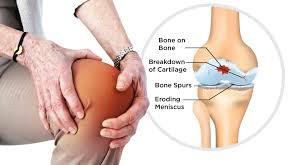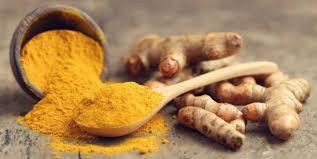 ATC
ATC

0steoarthritis (0A) is the most common form of arthritis and it affects millions of people. It primarily strikes the hands, knees, hips, feet and back.
It occurs when cartilage in the joints begins to wear down after injury—usually after age 45.
FAQs
How can I prevent osteoarthritis if I have a family history of the disease?
The best way is to maintain an ideal body weight. Excess weight stresses the joints — especially hips and knees.
How can I slow the progression of OA if I already have it?
There are no medications currently available to stop OA, but the over-the-counter supplement glucosamine sulfate may help.
Have
any
alternative
therapies
proven
to
be
effective?
The alternative remedy for which there is good data is acupuncture. Several trials indicate it alleviates pain that originates from extremities.
It's possible you could benefit from using magnets or another alternative remedy. Even though there's no proven reason they should work, they may work for you.
If you try an alternative remedy, tell your doctor to make sure it won't interfere with your conventional treatment.
What
foods
are
associated
with
increased
or
decreased
arthritis
problems?
Foods that contain high levels of anti-oxidants, such as fruits and vegetables, may reduce risk of arthritis. Eat as much of those as you can. There's no scientific evidence to support the common belief that night shade plants, tomatoes, potatoes, peppers and egg-plants exacerbate arthritis.
An alternative treatment for Arthritis is Turmeric root. Chew a handful every day for a couple months to get significant relief.
Performing some stretches and range-of-motion exercises in the morning can also help.
Sleep on affirm mattress and pillow that support your neck and back. Avoid caffeine, nicotine and alcohol, which can prevent you from sleeping well.

USING NUTRITIONAL SUPPLEMENTS
Daily use of two nutritional supplements-glucosamine and chondroitin-controls pain boosts joint mobility and helps undo the cartilage damage that is the hallmark of osteoarthritis.
Glucosamine and chondroitin work together to block the action of cartilage-destroying enzymes, promote the flow of water and nutrients into cartilage and boost the activity of cartilage-producing cells called chondrocytes.
The supplements have been proven effective in studies around the world...
Glucosamine and chondroitin are available at drugstores and health-food stores. They're available without a prescription, but it's best to use them under the supervision of a doctor.
It is also a good idea to eat foods rich in bio-flavonoids. These compounds make collagen the tough protein that is a primary constituent of cartilage stronger and less prone to inflammation.
Bioflavonoid sources: Green tea, berries, onions, citrus fruits and pitted fruits, such as mangoes and plums.
REGULAR EXERCISE
Walking, swimming and other forms of exercise are key elements of any arthritis regimen.
Exercise boosts production of synovial fluid, the nutrient-rich "broth" that lubricates the joints. It also strengthens the muscles, tendons and ligaments that support the joints, extends the range of motion and boosts flexibility.
However, finding an exercise that will not trigger additional pain is often a challenge. Often arthritis patients are referred to an appropriately trained physical therapist. He/she can tailor a fitness regimen to suit specific needs and limitations.
BODY MECHANICS
Some cases of arthritis are caused by misaligned joints or other "body mechanics" problems. Such problems place undue stress on the joints, causing cartilage to break down.
To identify body mechanics problems, arthritis patients are asked to have a bio-mechanical analysis, which looks at how they walk, work and move about.
A typical analysis involves videotaping your movements and/or using electronic "force plates" to measure forces on the soles of your feet as you walk. Once problem areas are pin-pointed, one is shown how modifying movements can reduce the mechanical stresses on the joints.
WEIGHT LOSS
Each step you take subjects your knee and hip joints to forces that are 2.5 to 10 times your body weight. This means that the knees of a 200-pound man must bear up to one ton of weight whenever he squats or walks downstairs.
If you are overweight, take steps to lose the excess weight. If your weight is normal, make sure it stays that way.
